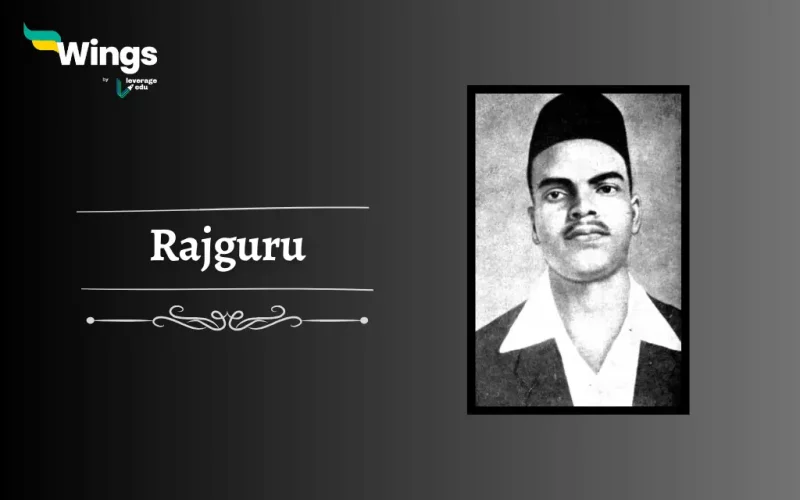Shivaram Hari Rajguru was an Indian Revolutionary, born on the 24th of August 1908 in Khed, near Pune, Maharashtra. He was one of the freedom fighters of India who fought for Indian Independence. Moreover, Rajguru also sacrificed his life for “Bharat Mata” and was hanged to death along with Bhagat Singh and Sukhdev for freedom. This blog will provide you with details about the biography of Rajguru, his role in achieving independence, and life and death. Keep reading to learn more about the legendary freedom fighter of India!
The place of Khed where Rajguru was born has been named Rajgurunagar in his honour.
What was the Early Life of Rajguru?
Shivaram Hari Rajguru had a very short-lived yet inspiring life. He was born in Pune in 1906 and belonged to the Maharashtrian Deshastha Brahmin community. Furthermore, Rajguru learned about Sanskrit and the Hindu religion when he came to Varanasi. During his youth, he and his family witnessed British rule and their cruel behaviour towards Indians. Consequently, this inculcated an anti-feeling towards the British.
Also Read: Popular Struggles and Movements
Revolutionary Actions of Rajguru
Furthermore, Rajguru’s feelings of anger towards the British at that time instilled a sense of revolution within him.
- He joined a community developed by Bhagat Singh and Chandrashekhar Azad named the Hindustan Socialist Republican Association (HSRA).
- Moreover, it is notable to know that he did not align with Gandhi’s policy of non-violence and believed in militant nationalism.
- Rajguru was referred to as the ‘Gunman of HSRA’ as he possessed great shooting skills.
- In addition, Raghunath was his name in the organisation.

Assassination Planned by the Young Revolutionaries
The youthful revolutionaries, Bhagat Singh, Rajguru, and Sukhdev wanted revenge for the death of Lala Lajpat Rai.
- People were told that he passed away due to injuries sustained in a severe police baton charge amid protests against the Simon Commission.
- The young revolutionary aimed at James A. Scott, the police official responsible for ordering the baton charge.
- Additionally, Rajguru is widely known for shooting JP Saunders, a British Police Officer, due to a case of mistaken identity.
- Nonetheless, the revolutionaries proclaimed that they had successfully avenged Lala Lajpat Rai’s death.
23rd of March is commemorated as Martyrs’ Day in India.
The Last Days
Following the assassination, Rajguru sought refuge in Nagpur to evade police pursuit.
- However, during his journey to Pune, he was apprehended and subsequently arrested.
- In the trial for the assassination, he, alongside Bhagat Singh and Chandrashekhar Azad, received death sentences.
- On the 23rd of March 1931, at 7:30 PM in Lahore, Rajguru and his comrades were executed by hanging.
- Moreover, their remains were quietly cremated on the banks of the Sutlej River.
- Rajguru was just 22 years old at the time of his martyrdom.
Also Read: The Revolt of 1857
FAQs
Shivaram Hari is remembered for his role and contribution in the assassination of J P Saunders, a British police officer. Although the entire assassination was planned by Bhagat Singh, Chandrasekhar Azad, Sukhdev, and him, the shots were fired by him and Bhagat Singh.
Shivaram Hari, along with Bhagat Singh and Sukhdev are associated with the famous Inquilab Zindabad slogan. It is believed that the freedom fighters chanted this slogan before being finally hanged in Lahore Jail.
Yes, Shivaram Hari was a renowned Indian freedom fighter and revolutionary.
This was all about the freedom fighter Rajguru. If you want to read more articles like this, you can get Study notes on the Modern History of India here. Also, you can visit our general knowledge page on Indian History!
 One app for all your study abroad needs
One app for all your study abroad needs













